F-16 from Academy
History
Courtesy Wikipedia
The General Dynamics F-16 Fighting Falcon is an American single-engine supersonic multirole fighter aircraft originally developed by General Dynamics for the United States Air Force (USAF). Designed as an air superiority day fighter, it evolved into a successful all-weather multirole aircraft. Over 4,600 aircraft have been built since production was approved in 1976. Although no longer being purchased by the U.S. Air Force, improved versions are being built for export customers. In 1993, General Dynamics sold its aircraft manufacturing business to the Lockheed Corporation, which in turn became part of Lockheed Martin after a 1995 merger with Martin Marietta.
The Fighting Falcon's key features include a frameless bubble canopy for good visibility, side-mounted control stick to ease control while maneuvering, an ejection seat reclined 30 degrees from vertical to reduce the effect of g-forces on the pilot, and the first use of a relaxed static stability/fly-by-wire flight control system that helps to make it an agile aircraft. The F-16 has an internal M61 Vulcan cannon and 11 hardpoints.
In addition to active duty in the U.S. Air Force, Air Force Reserve Command, and Air National Guard units, the aircraft is also used by the U.S. Air Force Thunderbirds aerial demonstration team, the US Air Combat Command F-16 Viper Demonstration Team, and as an adversary/aggressor aircraft by the United States Navy. The F-16 has also been procured to serve in the air forces of 25 other nations. As of 2015, it was the world's most numerous fixed-wing aircraft in military service.
The Kit
Three bags hold five sprues of light gray styrene with a clear sprue separately bagged with the singly gray sprue. The decal sheet is also bagged. Molding is crisp and panel lines are petite. A posable pilot figure is included. Ten parts for underwing stores are on the sprues, but flagged as not for use. That means the parts count for this build is 107, including the underwing loads.
Neither the box lid, tri-fold instruction sheet, or the decal sheet identify which squadron the subject aircraft is from. The decals are well printed. A search on Scale Mates identified the markings being from the 512 TFS Dragons, 86 TFW 84-1286, February 1986 - Ramstein AB DE. F-16.Net has this notation to go with a helpful photo of the subject aircraft: USAF F-16C block 25 #84-1286 of the 86th TFW is decorated with a special tail and with the squadron badges in 1986.
The Build
Starting with the seat, the cockpit was built up and this time I elected to use the pilot figure. The tub and the main landing gear bays, were trapped between the upper and lower fuselage halves. Upper wings and stabilators were attached next. The photo from F-16.Net shows the flaps extended and the stabilators drooped. Surgery is required if one wishes to add interest to the model. Getting a tight seam around the upper wings was needed at the roots, but there was still a noticeable gap. [pic 2] Fortunately, the gap is consistent and it looks intentional.
Completing the main fuselage assembly is the tail cone. The exhaust cone was painted separately and put aside for post painting addition.
Also left off for later was the nose cone so that some ballast could be added once the model was ready for paint. That left the fin and rudder to be added next. The instructions call for the canopy to be installed at the final assembly, but to avoid damage to the pilot figure, it added next and masked.
On the underside, the intake and landing gear bays were built up and installed. The nose probe and aft antenna, again were saved for later. That left the ventral fins and wing pylons to be glued in place before checking the balance of the model. Yes, it is a tail sitter, so enough fishing lead was added to the nose cone to ensure a proper stance.
With the main assembly completed, it was time for paint.
Paint and Markings
A rattle can of automotive primer coated the model and revealed that some additional sanding was needed. With that done, the underside was sprayed Neutral Gray and that also wrapped around the cockpit section. The upper side of the fuselage was sprayed Gunship Gray. The nose cone was given a mixture of the two tones.
Moving to the ordinance, I discovered some discrepancies in the instructions. In the assembly diagrams, the sidewinders are called out for Light Ghost Gray paint, but the paint diagram indicates White. Even more confusing, the photo of the model on the side of the box side show everything Neutral Gray.
While researching on the internet to figure out the correct paint, I also noticed that the “Maverick” missiles ae identified as AGM-45s, which are Navy weapons. They are AGM-65s. This load-out got me to wonder what kind of mission the aircraft is prepared for. Is it air-to-air, or air-to-ground? And what's with the drop-tanks? I decided that the load-out shows what the F-16 could carry.
Also frustrating, is that there are only two sets of decal stripes for the Sidewinders, not four, nor are there any decals for the Mavericks. I made my own decals for the Mavericks and painted on simplified stripes for the blank Sidewinders. [pic 7] Those were hidden under the wings.
The fin decals, owing to their size, were difficult to maneuver in place. They also need some Solveaset around the edges. I didn't get enough of a glossy coat under the rest of the decals and they stand out even with numerous dull coats.
Final Assembly
When the last top coat was dry, work move the underside. Starting with the tail cone, then the main landing gear and doors were installed. Next were the under-wing stores. Moving forward, the navigation lights and nose gear came next, followed by the rear antenna and nose probe. The final bit was the pitot glued to the nose.
Conclusion
Our dear friend, Spiros Pendedekas, built this kit two years ago. (https://modelingmadness.com/review/mod/us/usaf/fighter/pen16.htm) He managed to avoid my painting confusion and decaling issues by modeling a Hellenic Air Force Falcon. I concur with his somewhat tepid conclusion that a presentable model is easily achieved. A show stopper will require some aftermarket bits and carful seam filling. This not a complicated model and I spent about 18 hours on it.
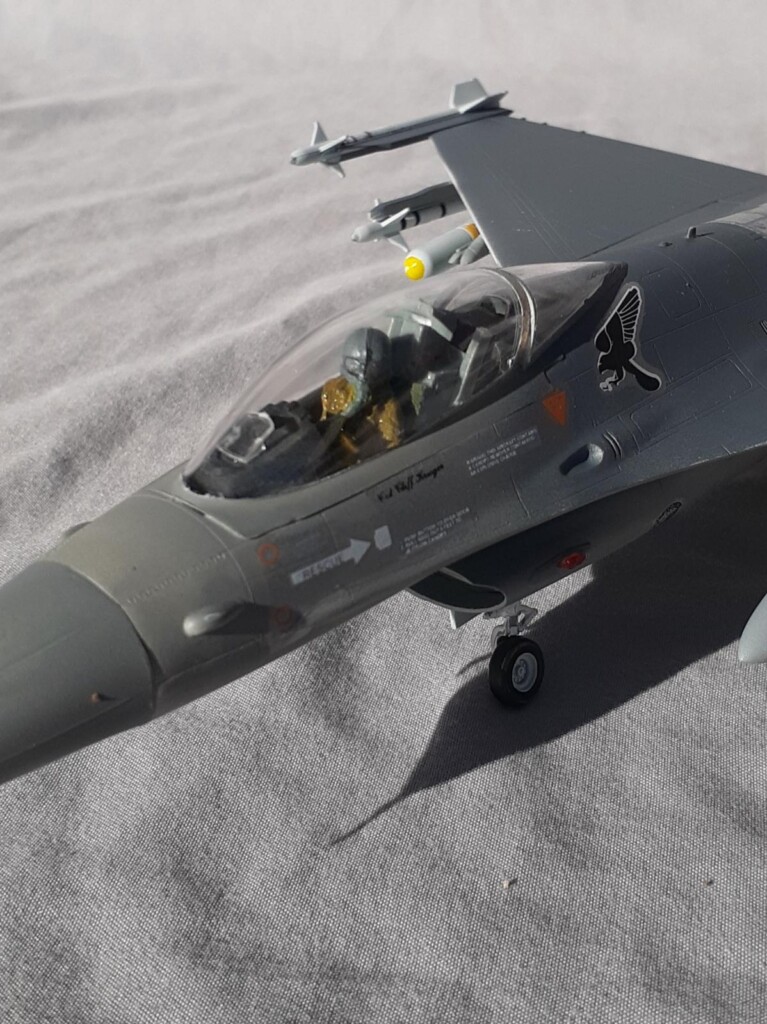






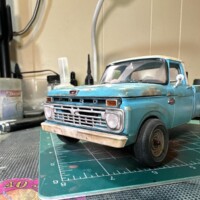
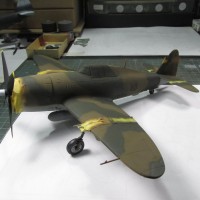
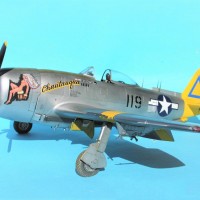
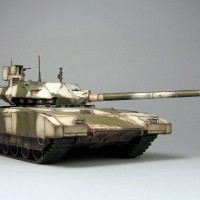
Nice version of a classic aircraft.
Thanks.
Very nice build, John. @jsummerford
thanks. I was kinda surprised at the issues that I encountered.
Awesome job, my friend John! Indeed, painting instructions are confusing and those decals are very temperamental, but you overcame these issues with your usual excellent approach.
Congratulations!
I suspect that your model looks better than mine.
Really good looking, John @jsummerford
She looks nice in this scheme and your paintwork is beautifully done.
Thanks. I like painting, it puts my Fine Arts degree to use.
That’s quite a load this Viper is carrying.
Nice piece of work. Thanks for sharing.
Thanks. I still think it is an unrealistic load, but it does make the model interesting.
Nice work, John...that is a fine F-16!
Thanks, It would be fun to compare F-16 models. I'm sure the Tamiya kit is superior to the Academy offering.
Very nice early Falcon i like it a lot
Thanks. The Falcon is an elegant looking jet.
Nice looking Falcon! I've always found Academy decals to be temperamental, but looks like you bent them to your will.
Thanks. I think their decals need the wettest of glossy finishes to look good.